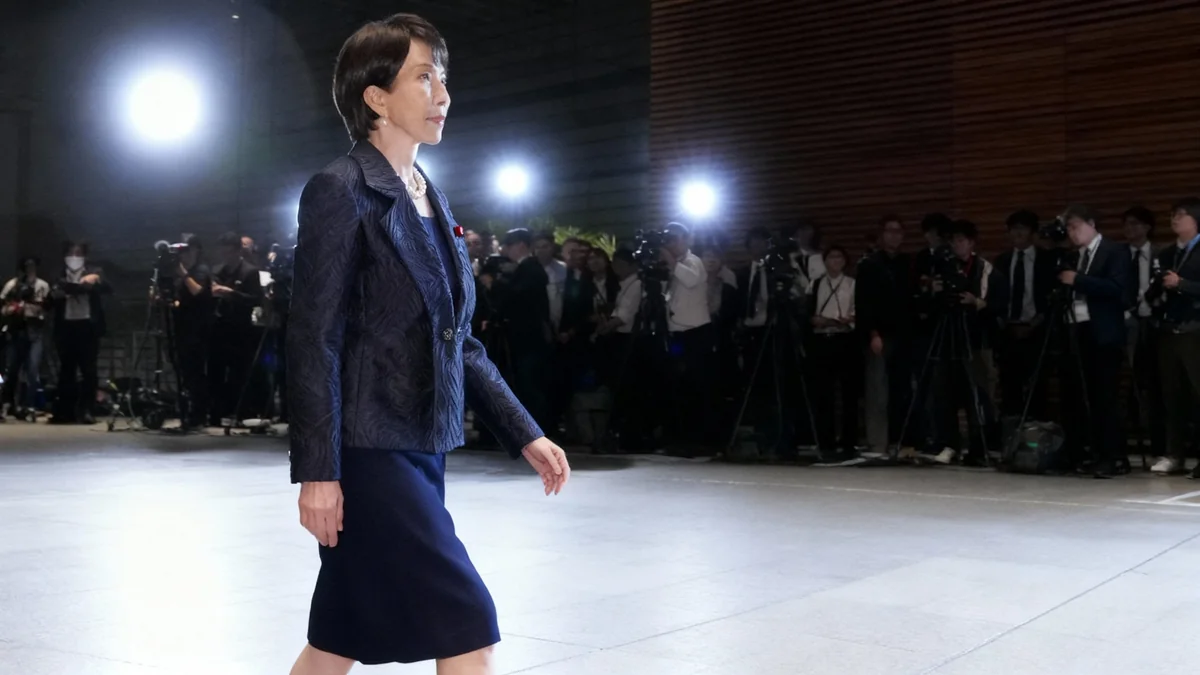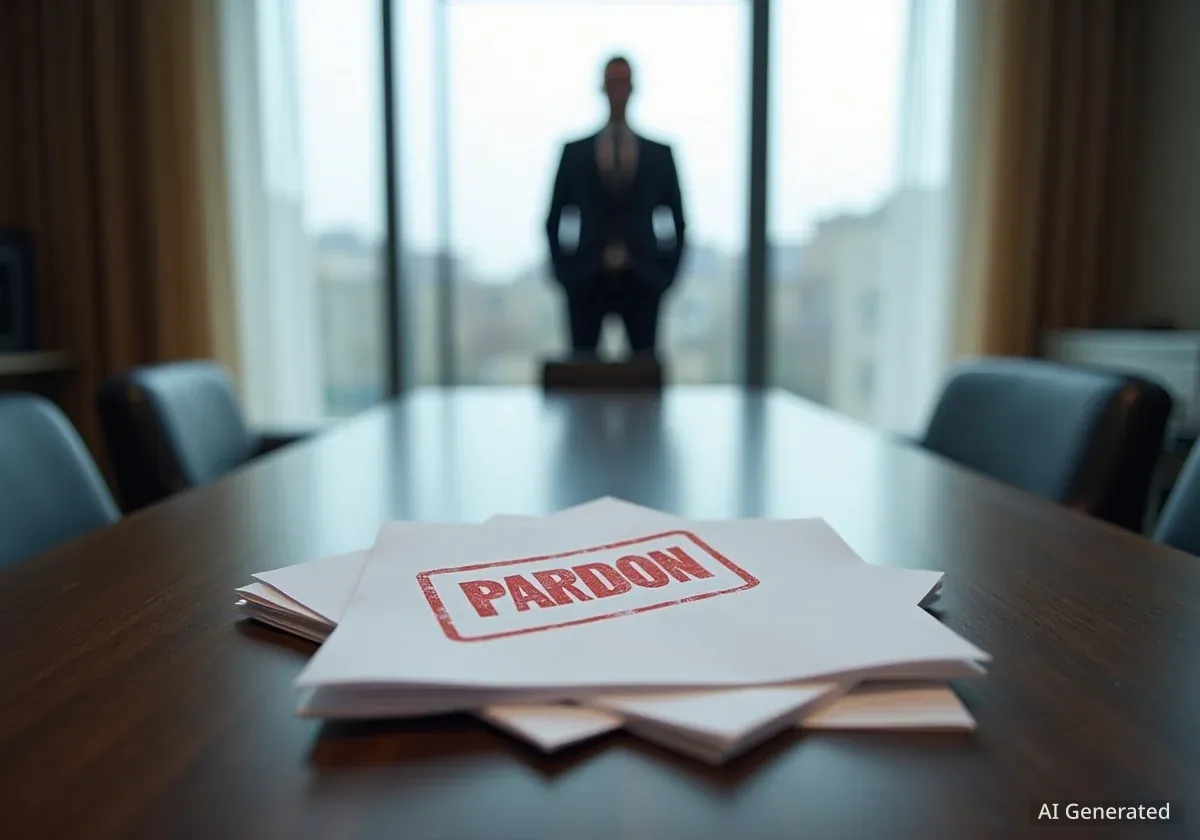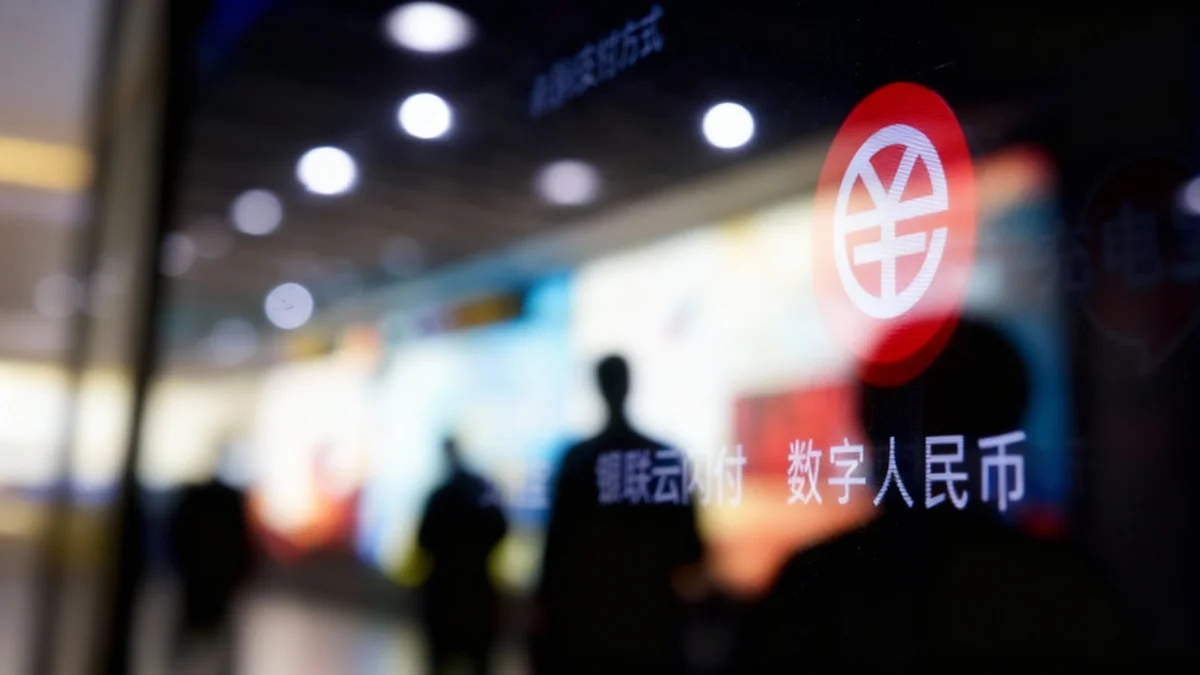Japan's new Prime Minister, Sanae Takaichi, is preparing for her first major diplomatic challenge: a meeting in Tokyo with U.S. President Donald Trump. The talks are expected to focus on critical issues including regional security, trade tariffs, and Japan's defense spending, setting the tone for the U.S.-Japan alliance under her leadership.
With a strong domestic approval rating of 71%, Takaichi steps onto the global stage ahead of key summits at ASEAN and APEC. Her performance during these initial diplomatic engagements, particularly with the U.S. President, will be closely watched both at home and abroad.
Key Takeaways
- Prime Minister Sanae Takaichi's first significant diplomatic test is a meeting with U.S. President Donald Trump in Tokyo.
- The agenda will cover contentious topics such as defense spending, trade tariffs, and security in the Indo-Pacific.
- Takaichi aims to accelerate Japan's defense spending to 2% of GDP by March 2026, a year earlier than the previous plan.
- She must balance Japan's relationship with the U.S., its primary security ally, and China, its largest trading partner.
The High-Stakes Meeting in Tokyo
The upcoming summit between Prime Minister Takaichi and President Trump is a pivotal moment for Japan's new government. While the U.S.-Japan alliance remains a cornerstone of Tokyo's foreign policy, Takaichi's limited diplomatic experience and Trump's unpredictable approach create a high-pressure environment.
The two leaders have already established initial contact. Following a phone call on Saturday, which Trump described as "very good," he told reporters aboard Air Force One that he found Takaichi to be "great, beautiful … She’s very friendly."
This first in-person meeting will move beyond pleasantries to address substantive policy points. Takaichi has publicly stated her goal is to take the bilateral relationship to "new heights," signaling a commitment to strengthening the alliance. However, this commitment will be tested as they discuss areas of recent tension.
Navigating Defense and Trade Hurdles
Defense policy will be a central topic. Takaichi has expressed a desire to accelerate Japan's pledge to increase its defense budget. In her first address to parliament, she called for the "fundamental strengthening of its defense capabilities," aiming to reach the 2% of GDP spending target by March 2026, ahead of the previous 2027 deadline.
Financing the Buildup
A significant challenge for Takaichi's government will be funding the proposed defense expansion. With the yen currently weakening and the Prime Minister advocating for tax cuts, the source of the additional revenue remains unclear.
Trade is another area expected to feature prominently. While recent negotiations saw U.S. tariffs on certain Japanese goods decrease from 25% to 15%, many details of the broader trade agreement remain undefined. Tokyo has also committed to investing $550 billion in U.S. industries, and Takaichi is expected to seek more clarity and assurances on the terms.
"It’s a clear message to both domestic and international audiences that she’s trying to carry on Abe’s line of thinking, rather than Kishida’s or Ishiba’s," said Rintaro Nishimura, a senior associate at The Asia Group, referencing Takaichi's appointment of cabinet members with ties to former Prime Minister Shinzo Abe.
A Delicate Diplomatic Balance in Asia
Beyond the direct U.S.-Japan dynamic, Takaichi's handling of regional relationships will be under scrutiny. Her long-held conservative and nationalist views have previously caused friction with neighbors, particularly China and South Korea.
Relations with South Korea and China
Takaichi has made gestures to soften her image, especially toward South Korea. Despite her history of visiting the controversial Yasukuni Shrine, she recently sought to ease concerns by expressing her appreciation for Korean culture.
"It seems there are various concerns, but I love Korean nori seaweed. I also use Korean cosmetics and watch Korean dramas," she stated at her inaugural press conference. Maintaining a positive relationship with Seoul is seen as crucial for the trilateral cooperation favored by Washington.
The Tightrope with Beijing
China presents Takaichi's most complex challenge. As Japan's largest trading partner, economic ties are essential. However, Takaichi is known for her hawkish stance on Beijing, particularly regarding Taiwan's security. Earlier this year, she visited the island, a move Beijing condemned as a "dangerous provocation." Japan's 2022 defense paper also officially labeled China its "greatest security threat."
"Japan is walking a tightrope between the US and China," noted Misako Iwamoto, an emeritus professor at Mie University. How Takaichi manages this dynamic—strengthening security ties with Washington without irreparably damaging economic relations with Beijing—will define her premiership.
Defining a New Era
Prime Minister Takaichi is diving headfirst into a complex geopolitical landscape. Her administration must work to restore trust within her party following recent scandals while simultaneously navigating a series of demanding international challenges.
Her first few weeks in office are packed with high-level engagements that will test her diplomatic skills. As she said in a recent speech, "There is no time to stand still." The outcomes of her meetings with President Trump and other world leaders will not only shape her political future but also determine the direction of Japan's foreign policy for years to come.





